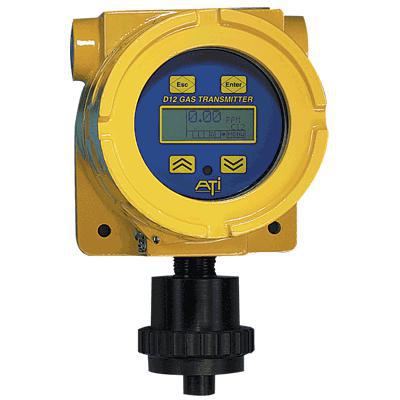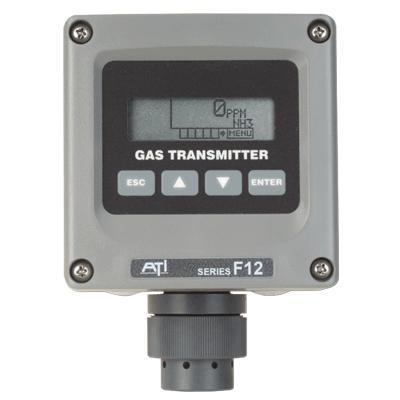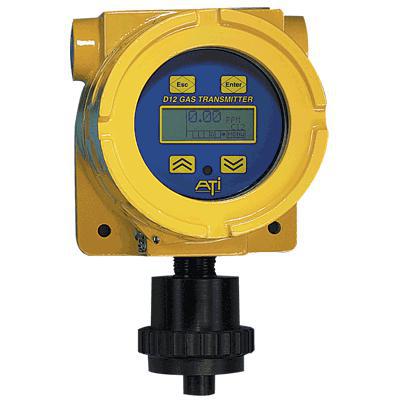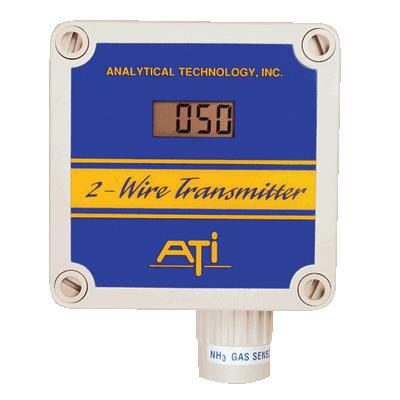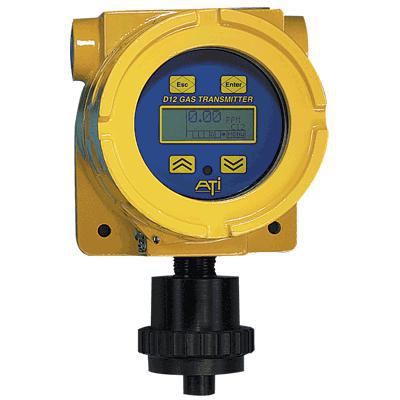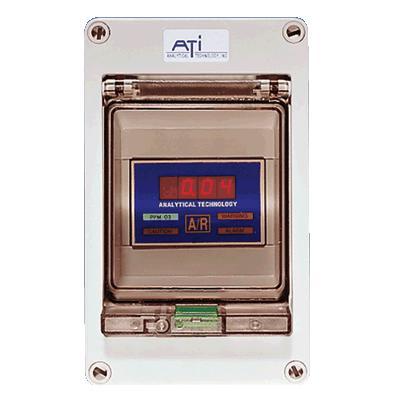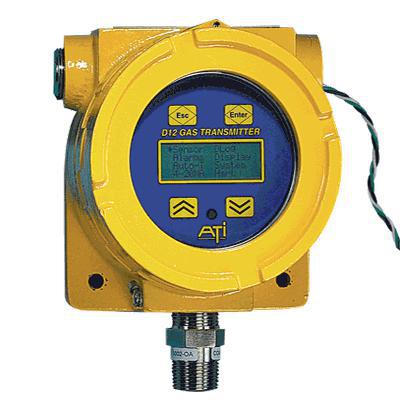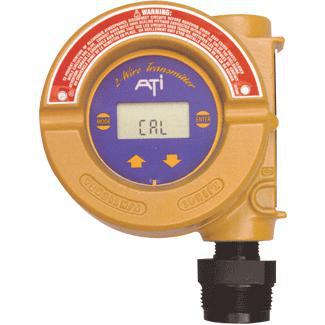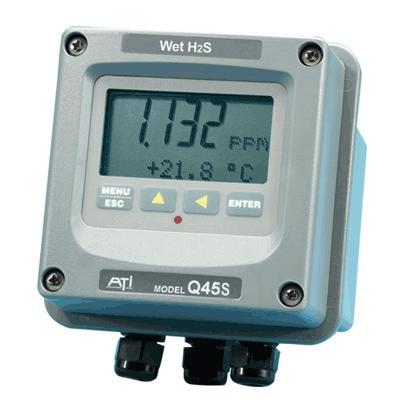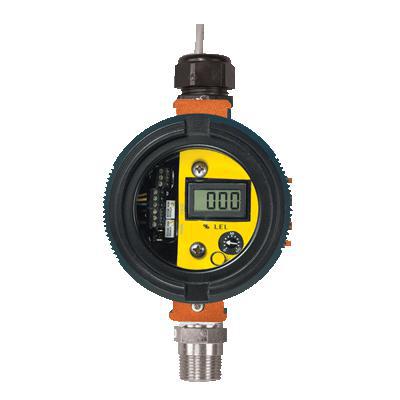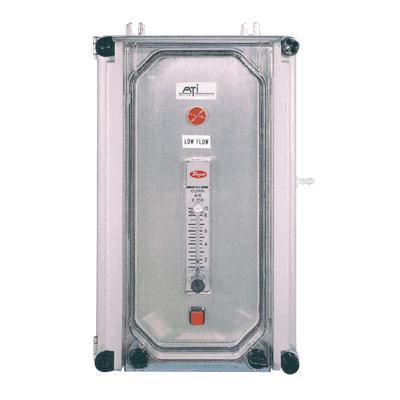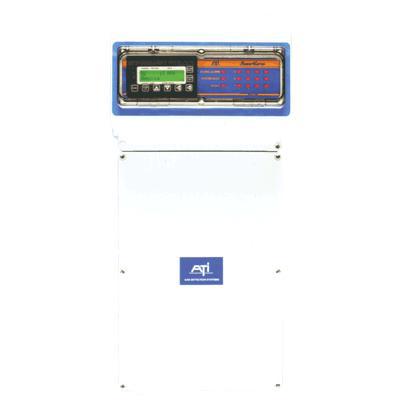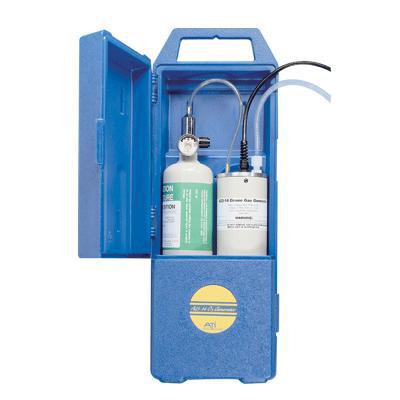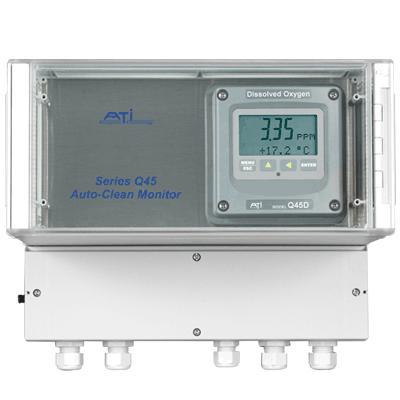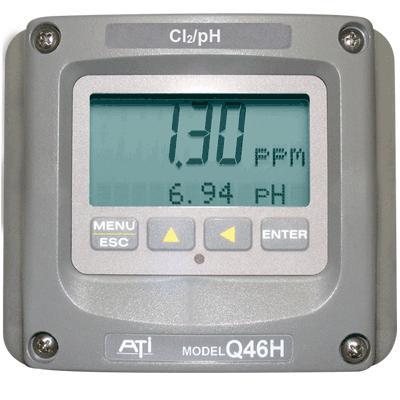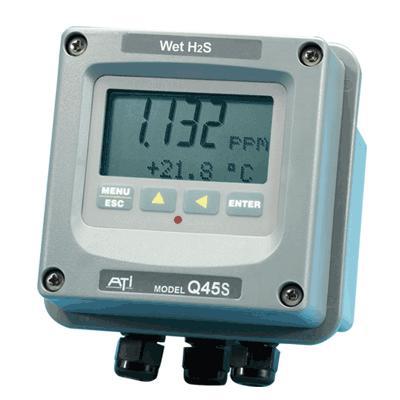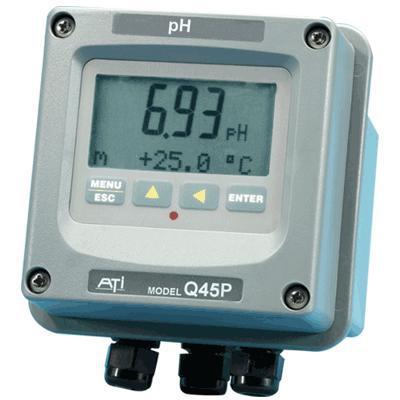BSK Engineering Systems
Product Range
Fact Sheet
- Location:Maharashtra, India
- Business Type:Manufacturer, Distributor / Wholesaler
- Main Products:PH/ORP Analyser, Dissolved Oxygen Analyser
- Reviews & Rating:
Get Verified, Sell more with
- Buyer's trust
- Faster conversions
- Better Rankings
- More
Its Free
Verify NowA12-17 COMBUSTIBLE GAS TRANSMITTER
ATIs A12-17 Combustible Gas Detectors are used in a wide variety of industrial plants to detect gas leakage or buildup before it reaches explosive levels.
- FOB PriceNA
- Min Order QuantityNA
- Payment TermsNA
Other Details
These detectors rely on thermal oxidation of any combustible gas or vapor on the surface of a heated catalyst. In other words, they simply burn the gas and measure the heat released in the combustion process.
While this type of sensor is generally stable and reliable, it is also subject to poisoning by silicon vapor, lead compounds, and other environmental contaminants. To detect loss of sensitivity, most users test combustible sensors either weekly or biweekly to ensure response. The procedure is simple, but requires manpower to perform the test.
ATI’s Auto-Test Combustible Gas Transmitter eliminates the need for frequent response checks. This transmitter performs an automatic gas test on the sensing element every 24 hours. The result is a combustible gas detector system with a level of reliability beyond that of any other system available. This daily sensor response verification is as close to a fail-safe detection system as you can find, with the added benefit of greatly reduced manual testing.
Combustible gas sensors are made up of two matched sensing elements, one active and one passive. Both are electrically heated and form two legs of a Wheatstone bridge circuit. When combustible gas contacts the sensor, the active element catalyzes the oxidation of gas, heating the active element and changing its resistance. The passive element remains unchanged, resulting in a change in the bridge circuit that is proportional to the gas concentration. As long as the active element remains in good condition, the sensor will respond rapidly to the presence of combustible gas.
The Auto-Test sensor is actually a combination of a gas sensor and an electrochemical hydrogen gas generator (patent pending) integrated into an explosion-proof stainless steel housing. When activated by the electronic transmitter, the generator produces hydrogen that diffuses to the gas sensor through the flame arrestor protecting the sensor. If the sensor responds properly, the transmitter will show a “Pass” indication. Should the sensor not respond properly, an “Auto Test Fail” message will activate at the transmitter and the 4-20 mA output from the transmitter will drop to 3 mA, providing for remote fault indication.
Images





